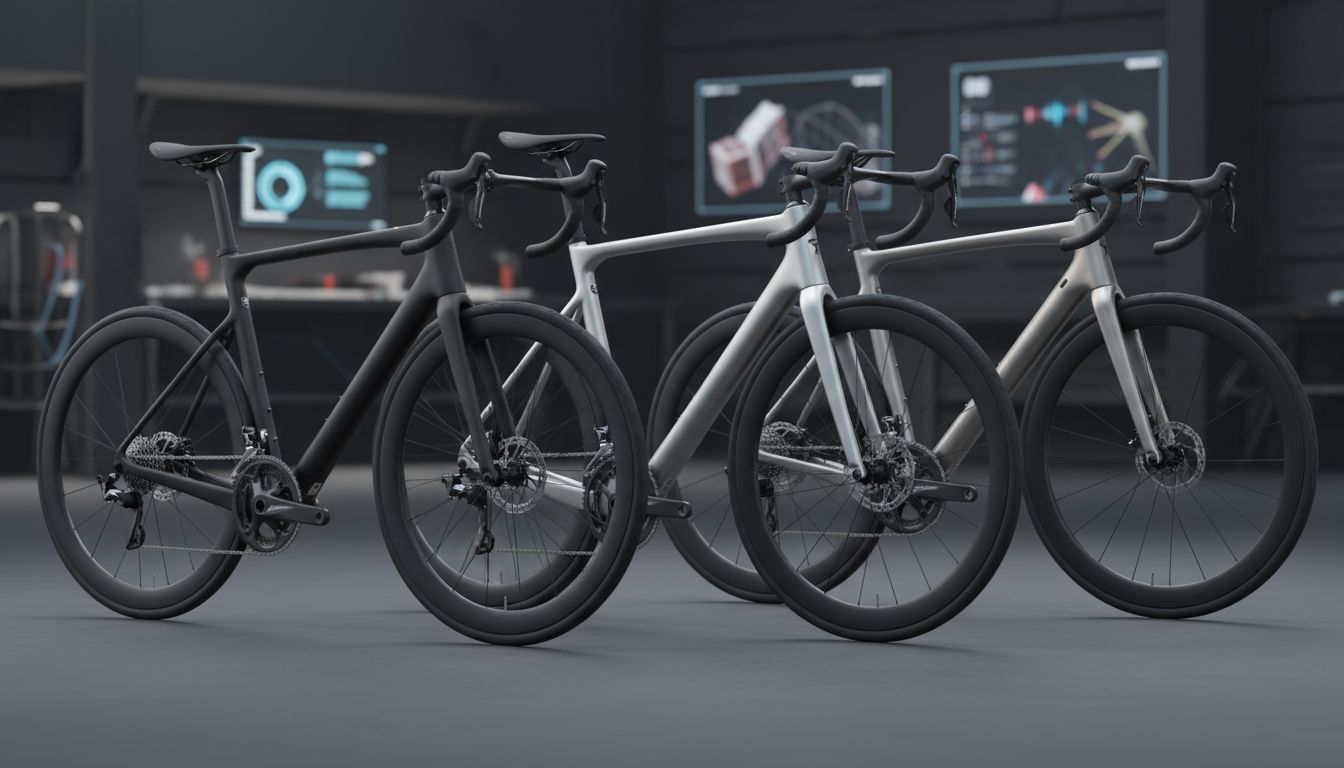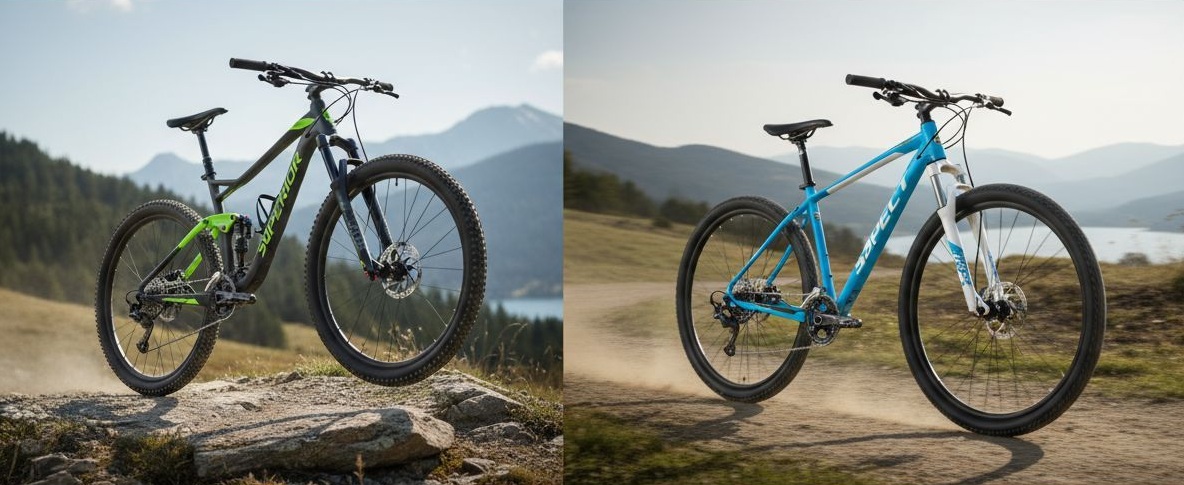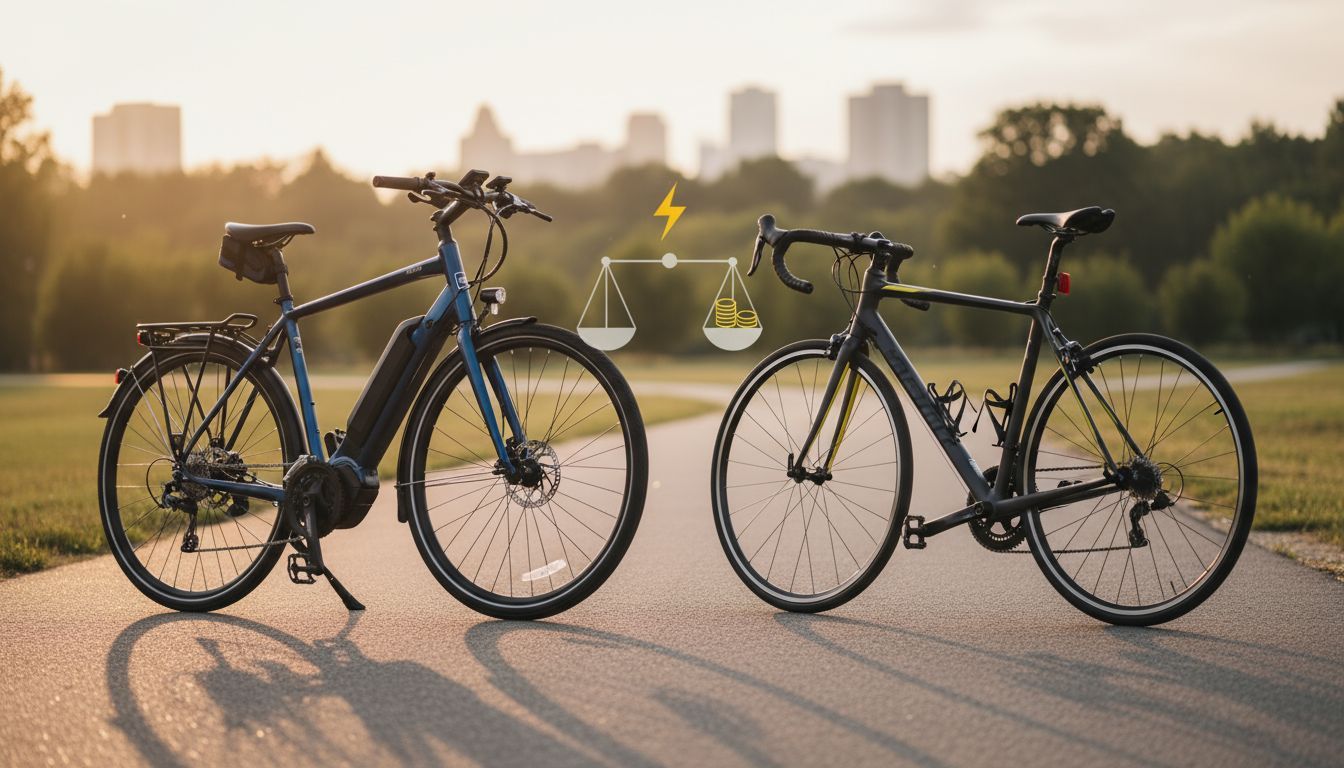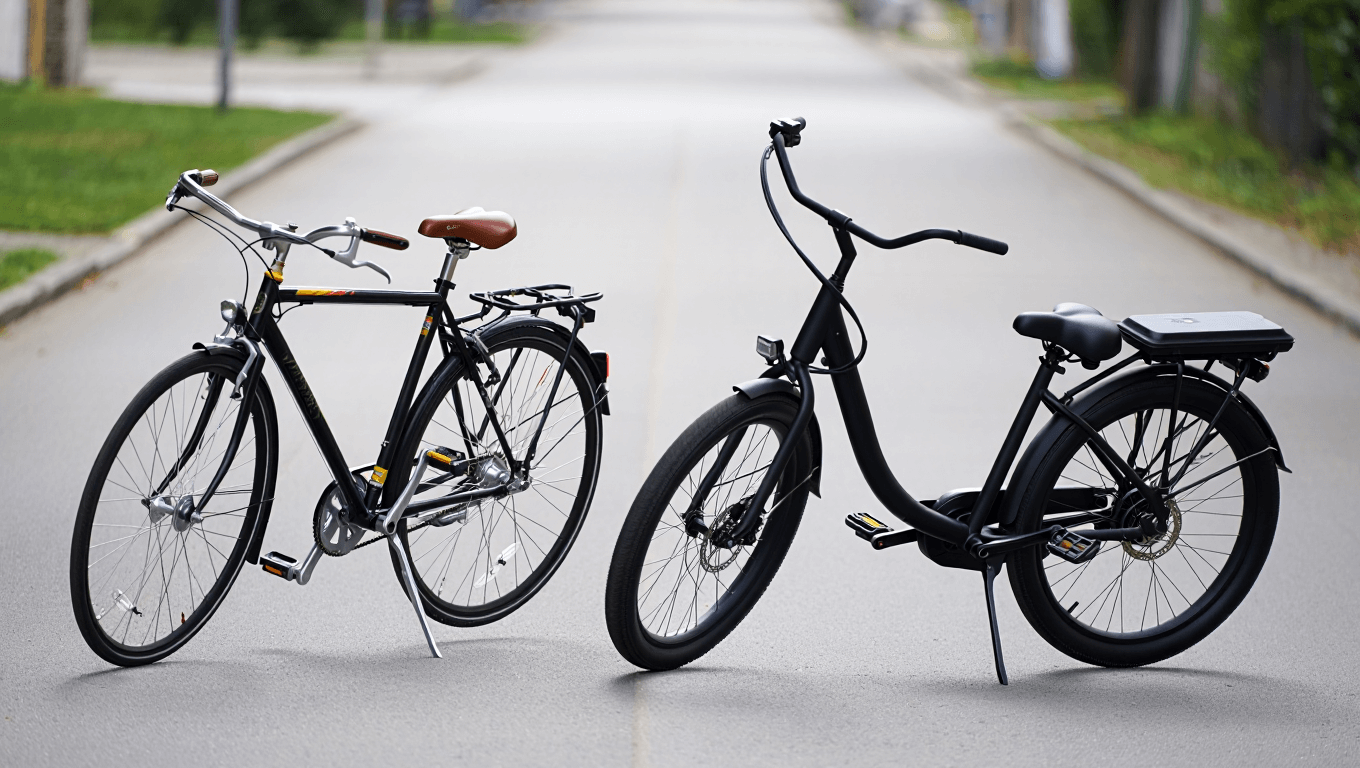
The Age-Old Debate: Pedal Power vs. Electric Assist
For cycling enthusiasts and newcomers alike, the question of whether to choose an e-bike or a traditional bicycle is a common and important one. Both offer distinct advantages and disadvantages, and the best choice ultimately depends on individual needs, preferences, and riding style. This comprehensive comparison will delve into the key differences between e-bikes and traditional bikes, helping you make an informed decision for your next cycling adventure. We'll explore factors like cost, maintenance, fitness benefits, environmental impact, and the overall riding experience.
Understanding the Basics: What Defines an E-Bike and a Traditional Bike?
A traditional bicycle relies solely on human power to propel it forward. The rider's legs turn the pedals, which transfer energy through the drivetrain to the wheels. E-bikes, on the other hand, incorporate an electric motor and battery to provide assistance to the rider. This assistance can either be in the form of pedal assist, where the motor supplements the rider's effort, or throttle-only operation, where the motor provides propulsion without requiring pedaling. The level of assistance is typically adjustable, allowing riders to customize their experience based on terrain and desired effort level.
Key Differences: A Head-to-Head Comparison
Cost: Initial Investment and Long-Term Expenses
One of the most significant differences between e-bikes and traditional bikes is the initial cost. E-bikes generally have a higher price tag due to the added technology of the motor, battery, and control system. Traditional bikes, especially entry-level models, are typically more affordable. However, it's important to consider long-term expenses as well. While traditional bikes may require fewer repairs related to electrical components, they may necessitate more frequent maintenance on mechanical parts like chains, gears, and brakes, especially with heavy use. E-bike battery replacement is also a factor to consider, though modern batteries are designed to last for several years with proper care. 
Performance and Range: Climbing Hills and Covering Distance
E-bikes excel when it comes to performance, particularly when tackling hills or covering long distances. The electric assist provides a significant boost, making it easier to conquer steep inclines and maintain a higher average speed. This can be especially beneficial for commuters or riders who want to explore challenging terrain without overexerting themselves. Traditional bikes require more physical effort, which can be a rewarding experience for fitness enthusiasts but may limit the range and types of terrain that are comfortably accessible. Battery range is a crucial consideration for e-bike riders, as it determines how far you can travel on a single charge. Factors like terrain, rider weight, and assist level all influence battery life.
Maintenance and Repair: Simplicity vs. Complexity
Traditional bikes are generally simpler to maintain and repair than e-bikes. The mechanical components are well-understood, and many repairs can be performed by home mechanics with basic tools and knowledge. E-bikes, on the other hand, introduce electrical components that require specialized knowledge and tools for diagnosis and repair. While some maintenance tasks, like cleaning and lubricating the chain, are similar for both types of bikes, issues with the motor, battery, or controller may require professional assistance. It's important to choose an e-bike from a reputable brand with a strong dealer network to ensure access to qualified service technicians.
Fitness Benefits: Varying Degrees of Exertion
While e-bikes provide electric assistance, they can still offer significant fitness benefits. The level of assistance can be adjusted to provide a challenging workout, and riders can choose to pedal more or less depending on their fitness goals. Traditional bikes require more physical exertion, which can be excellent for building cardiovascular fitness and leg strength. However, e-bikes can make cycling more accessible to people with physical limitations or those who are new to cycling, allowing them to enjoy the outdoors and improve their health without overstraining themselves. 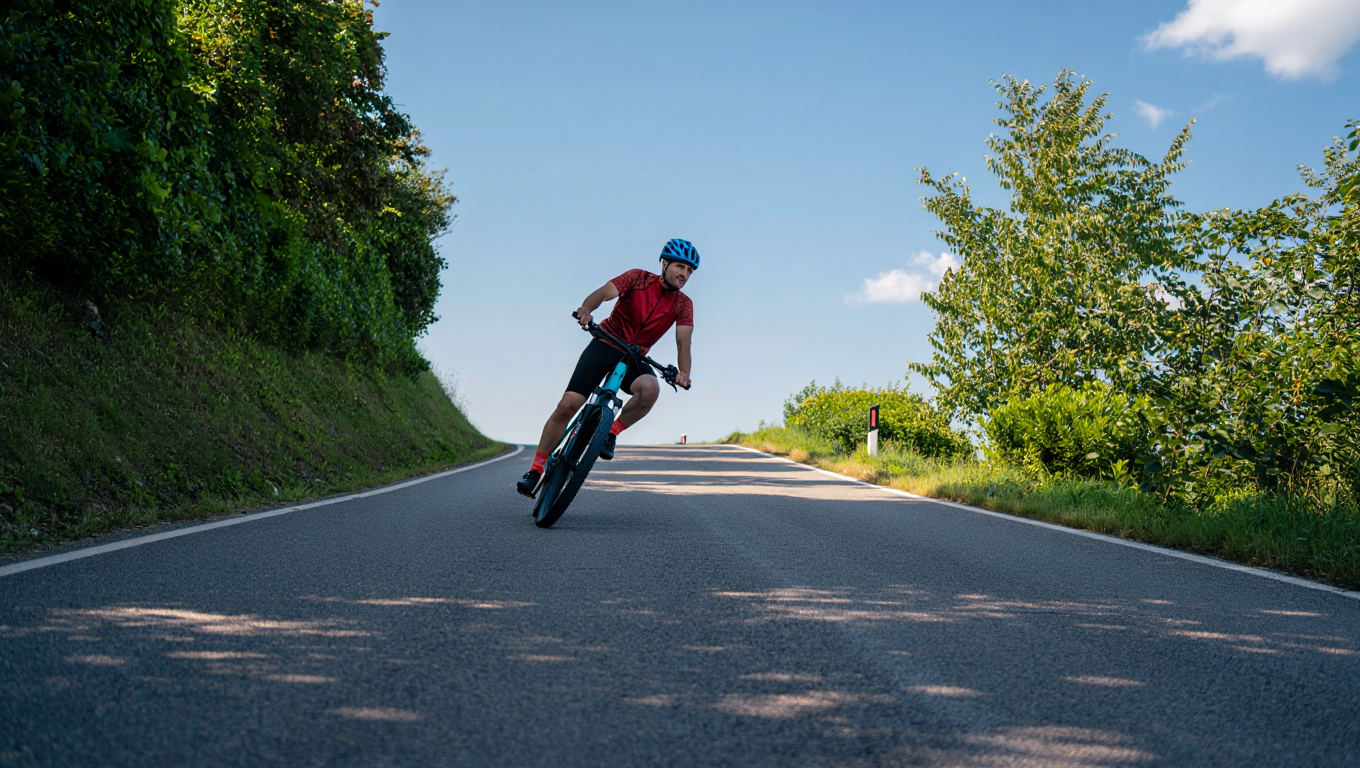
Environmental Impact: Sustainability Considerations
Both e-bikes and traditional bikes are more environmentally friendly than cars, but their environmental impact is not zero. The production of e-bikes requires energy and resources for the manufacture of the motor, battery, and electronic components. However, e-bikes can replace car trips, reducing greenhouse gas emissions and traffic congestion. Traditional bikes have a lower manufacturing footprint, but their use still involves the production of tires, tubes, and other components. The overall environmental impact of both types of bikes depends on factors like manufacturing practices, battery disposal methods, and how frequently they are used as a substitute for car travel.
Riding Experience: Personal Preferences and Riding Style
The riding experience differs significantly between e-bikes and traditional bikes. E-bikes offer a smooth and effortless ride, especially on hills and headwinds. The electric assist provides a boost that makes cycling more enjoyable and accessible for a wider range of people. Traditional bikes offer a more direct and engaging connection to the road, requiring more physical effort but providing a greater sense of accomplishment. The best riding experience ultimately depends on personal preferences and riding style. Some riders prefer the ease and convenience of an e-bike, while others enjoy the challenge and simplicity of a traditional bike. Consider your riding goals, terrain, and physical fitness when making your decision. .
Choosing the Right Bike: Factors to Consider
Your Riding Goals: Commuting, Recreation, or Fitness?
Consider how you plan to use your bike. If you're primarily commuting to work, an e-bike can help you arrive fresh and sweat-free, even on hilly routes. For recreational riding, an e-bike can extend your range and allow you to explore more challenging terrain. If your primary goal is fitness, a traditional bike may be a better choice, as it requires more physical exertion. However, e-bikes can still be used for fitness by adjusting the assist level.
Terrain and Distance: Hilly or Flat, Short or Long Rides?
The terrain you'll be riding on is another important factor to consider. If you live in a hilly area, an e-bike can make cycling much more enjoyable and accessible. For flat terrain, a traditional bike may be sufficient. Consider the distance you'll typically be riding. E-bikes are ideal for longer rides, while traditional bikes are well-suited for shorter trips.
Budget: Initial Investment and Long-Term Costs
Your budget is a crucial consideration. E-bikes generally have a higher initial cost, but they can save you money on transportation costs in the long run. Traditional bikes are more affordable upfront, but they may require more frequent maintenance. Factor in the cost of accessories, such as helmets, locks, and lights, when calculating your overall budget.
Physical Fitness and Health Conditions: Accessibility and Comfort
Your physical fitness and any existing health conditions should also be taken into account. E-bikes can make cycling more accessible to people with physical limitations or those who are new to cycling. If you have joint problems or other health concerns, an e-bike can provide assistance and reduce strain. Traditional bikes require more physical exertion, which may not be suitable for everyone.
Conclusion: Making the Best Choice for Your Needs
The decision between an e-bike and a traditional bike is a personal one. Both offer unique advantages and disadvantages, and the best choice depends on your individual needs, preferences, and riding style. Consider your riding goals, terrain, budget, and physical fitness when making your decision. By carefully evaluating these factors, you can choose the bike that will provide you with the most enjoyable and rewarding cycling experience. Ultimately, the best bike is the one that you'll ride the most! .
